I'm very new to focal mechanisms (beach balls) and would like to plot these on to a global map using Python.
I already have installed the Anaconda suite, and would like to know if I need to install any further modules to get this working (i.e. is the obspy module included in the Anaconda suite?
I won't be using any specific seismology files as input, but would simply like to create these beach balls by just manually inserting the corresponding parameters. So far I've come across two different examples of code:
from obspy.imaging.beachball import beachball
np1 = [150, 87, 1]
beachball(np1)
and...
from obspy.imaging.beachball import beachball
mt = [-2.39, 1.04, 1.35, 0.57, -2.94, -0.94]
beachball(mt)
It is not clear to me what each of these values refer to. I have an example of a site where I'd like to retrieve the relevant information from, then use these values as input for the beach ball:
http://earthquake.usgs.gov/earthquakes/eventpage/us20005ysu#moment-tensor
Thanks in advance.
